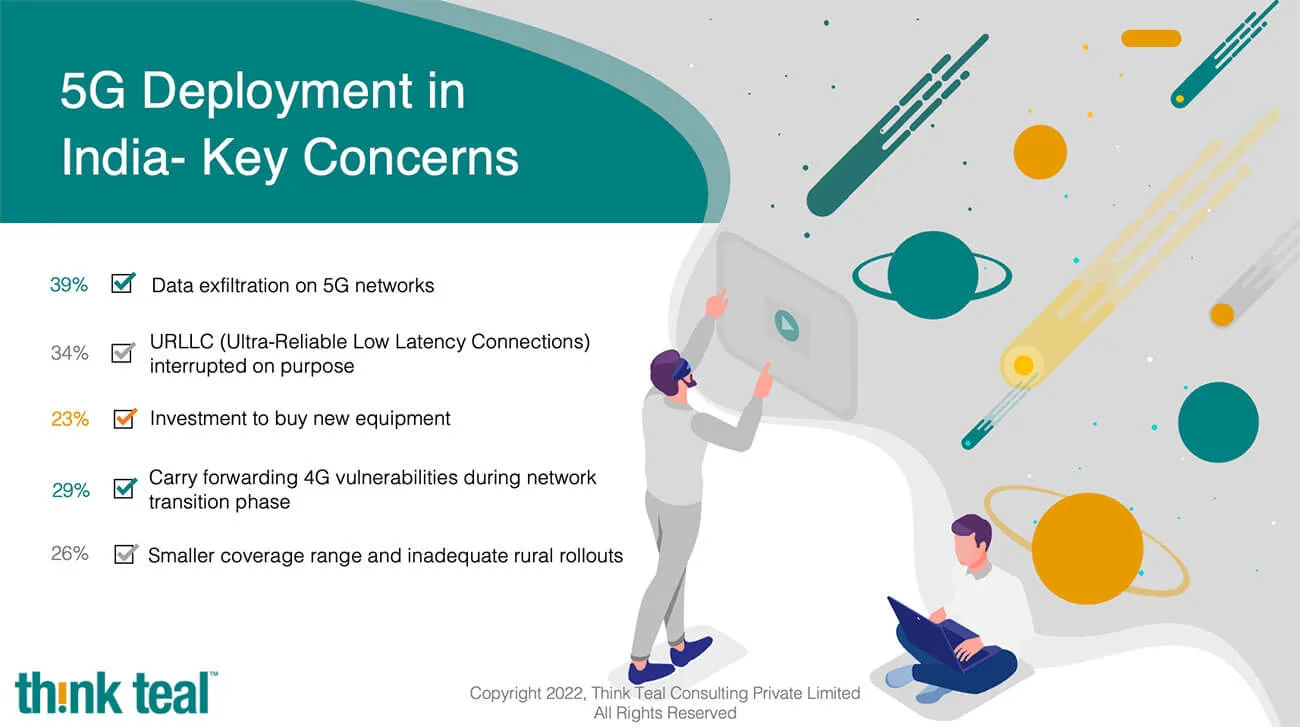5G Deployment in India- Key Concerns
When we speak about the 5G rollout, most discussions hover around the various use cases in the enterprise segment, covering a large cross-section of industries, including manufacturing, energy and utility, healthcare, and logistics.
One of the critical differentiators for enterprise service offerings is stringent SLAs that service providers must comply with. Given the hype around 5G, a lot is riding on key success stories emerging early in some verticals. This is a big step up from a consumer-driven world that does not usually have to conform to such stringent guidelines, making the margin of error low as far as the enterprise market goes.
Since many mission-critical applications and business functions will rely on uninterrupted 5 G-based network services, a few things need to be kept in mind.
- The new network does not change the outlook of organizations as to what is required to protect their assets. But since the margin of error is that much smaller, the consequences of failure much higher.
- Continue monitoring “blind spots” and possibly try mitigating them early to avoid any data exfiltration issues.
- Continue monitoring 4G-related vulnerabilities as 5G devices become compatible with mobile device management software.
Also, issues around proximity and rural rollouts will need to be managed long-term. Understandably, most rollouts will centre around large urban metros, ensuring dense urban areas get better coverage during the initial phase. But the issue of proximity still might be a concern since the high band spectrum results in reduced coverage. For India, the sweet spot is the mid-band spectrum since it provides coverage and capacity.
Also, since much of the 5G deployments will happen over the 4G spectrum, one way to manage bandwidth limitations will be through network slicing, which takes a page off-network virtualization.


